My short time in Cambodia has been one of immense contrast. I have decided to post two separate blogs (a la Tarentino Kill Bill style if you like) to reflect this given that the two could be any further away from each other.
“Ying”
"To keep you is no benefit. To destroy you is no loss."
Between 1975 and 1979, the Pol Pot-led Khmer Rouge/ Democratic Kampuchea killed, tortured, and forced labour onto the Cambodian public to lead an unparalleled communist revolution. The above is a quotation describing the ‘New People’, urban dwellers, whose modern day lives ran against the grain of the Khmer Rouge’s Agrarian Utopia, free of intellectualisms, hospitals, schools, finance, religion and private property. It was to be a society devoid of class where both city and country dwellers were shipped en masse to agricultural communes to work in squalor. Here, they would ultimately starve, exhaust and die. Dissent was brutally quashed with interrogation and execution. The Cambodian capital, Phnom Pehn was entirely evacuated, a scene that is entirely irreconcilable with the buzzing hub of a city as it is today....
The sobering experience of the trip is without doubt the trips to the Killing Fields of Choeung Ek, 15kms out of Phnom Pehn, and the Teol Seung genocide Museum (aka S-21), the former high school that was converted to be the interrogation/torture base for the extrapolation of confessions from its prisoners. Of the estimated 17,000 that passed its barbed gates, only ten left with their lives. Estimates of total deaths from extermination and starvation range between 750,000 to up to 3 million, a quarter of the population. A statistic still shows that in modern day Cambodia, the median age is no more than 21, and that 50% of the 14 Million population is under the age of 25.
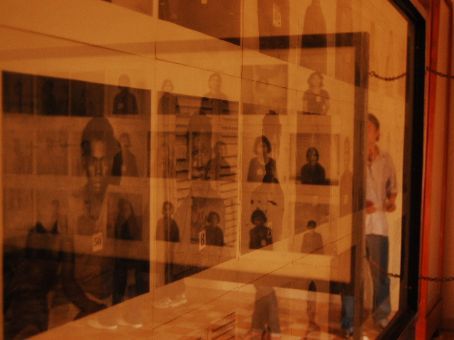
After watching the documentary which puts the Teol Seung building into context, the exhibitions became more profound. The ground floor hosted the interrogation rooms that had been used to force the confessions of countless people who might have had any perceived threat to the party: connection with former governments (foreign and local), professionals, intellectuals, ethnic Chinese/ Vietnamese, homosexuals, and for the unfortunate who are ill sighted just as I am, people with spectacles. It also housed rows upon rows of black and white portraits of only a fraction of the prisoners who stayed there. Though often haunting to see a sea of dead faces staring back at you, ultimately and sadly the sheer number became almost numbing, unable to truly comprehend the evil violence inflicted on their lives. More interesting were the heavily graffitied faces of the guards, an exhibit produced by a French photographer. Like the perpetrators of the Nazi regime and their excuses for their actions citing diminished responsibility, this exhibit was really interesting in showing the ‘faces of evil’, as fathers and mothers, as farmers, of spouses, as members of modern day Cambodian communities. Essentially normal people. But then, the guards who patrolled the corridors were often teenagers as young as 14 and told to obey the elders to carry out the patrol and participate in random acts of torture.
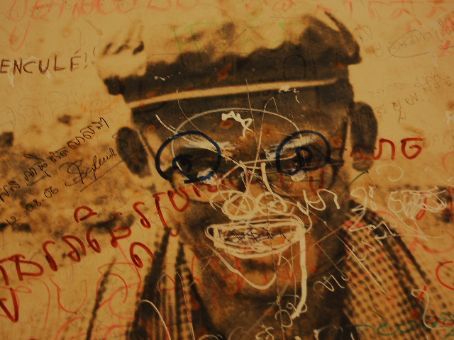
The calm breeze that pushed its way through The Choeung Ek Killing Fields was masked with the serene silence that made the place seem less obvious as a place where atrocities were committed. Now a site with silently drifting tourists, it was much like visiting the calm battle fields of the Somme or Ypres in the modern landscape. But like the WW1 sites, what happened there was quite the opposite.
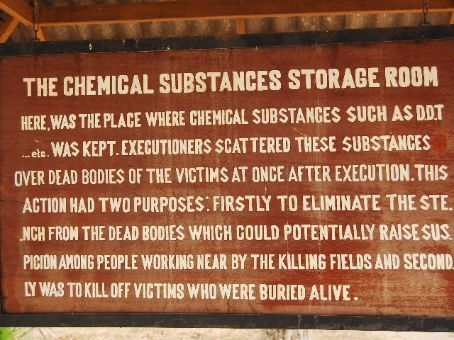
To save bullets, blunt objects were used to bludgeon the victims, with gun butts, hoe ends, iron poles, or whatever was within arms reach. Babies and toddlers were held by a leg and thrashed against a tree, or thrown into the air and shot down onto a mass grave. A massive excavation revealed thousands of dead in the mass graves which held anything up to hundreds of bodies. People forced to dig their own graves with their emaciated frames, physically exhausted with no final words for loved ones, filled with a certainty of dread, finality and inevitability.
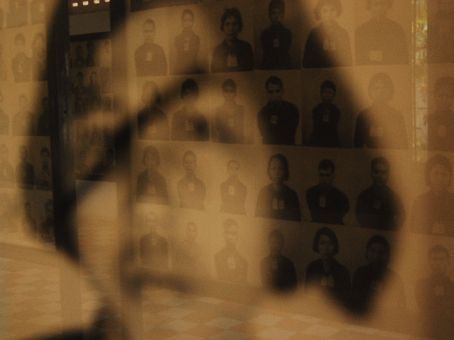
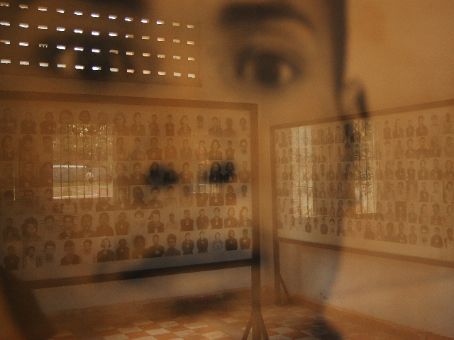
In the middle of the site lies a Stupa which houses hundreds of skulls of the peoples that were executed. A serene Buddhist monument, the white tower reaches 30 or 40 metres into the sky and stands as an almost-shrine-cum-spectacle for people to pay their respects. It was hard not to be consumed by the stacked row upon row of human skulls, some with huge fractures, some with perforated with a single bullet hole and some with nothing.
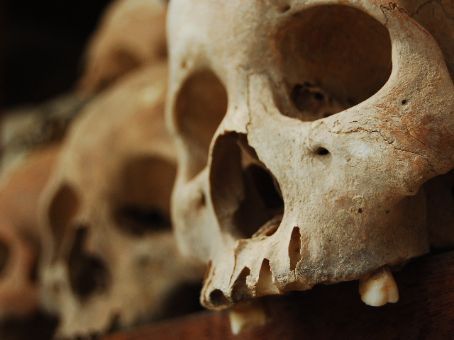
The day was coming to a close and my opportunistic moto drive insisted that we visit the nearby shooting range. Here, for a dollar a bullet, one could shoot an AK-47, various handguns, and even a rocket propelled grenade. With the latter, if one had enough money, they could even provide a cow for you to blow up. This opportunity was repeatedly declined. It’s funny, at the beginning of my trip I had heard the rumours of this place and was looking forward to entertaining the idea of tearing into open land with a semi automatic. All I could think of was the poor Cow.
MC, Phnom Pehn, 2007